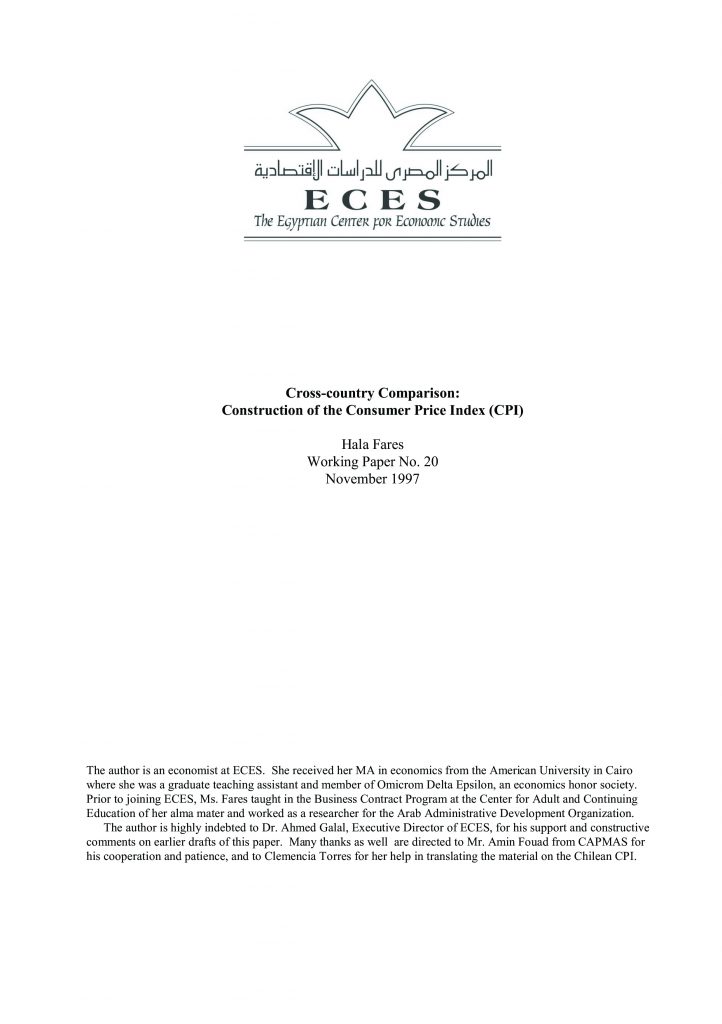Abstract:
“The Consumer Price Index (CPI)1 is an instrument designed to measure changes over time in the prices paid by households for goods and services which are customarily purchased for consumption2. Its principal objective is to reflect only pure price movement3”. That is to say, price changes due to quality differences, technological innovations, and different package sizes would not be reflected in the CPI figure as normal price movements. It is thus important to ask: which prices should be recorded to measure pure price movements; which basket of goods and services represents the average consumption of an urban household; and how is this ‘median’ household unit defined? These are critical questions in constructing the CPI.
The paper addresses these questions by comparing how different countries construct their CPI. The countries of comparison are Chile, Egypt, Japan, Korea, Mexico, the United Kingdom and the United Sates. The Choice of countries was made to include developed as well as developing nations. The objective of the comparison is not to come up with an ideal way of constructing a CPI, but rather to learn from other countries’ experiences how to improve the way Egypt constructs its CPI.

